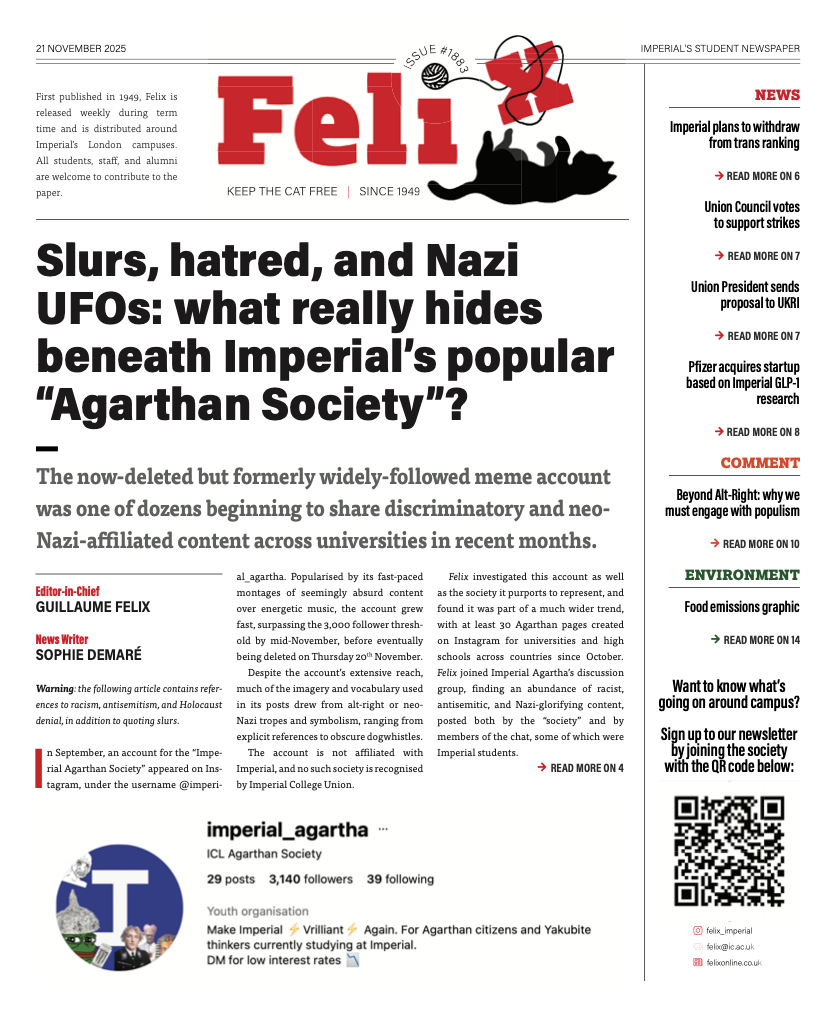A New Generation of Maritime Prospects
As legacy systems continue to throttle global trade, the onus falls on young innovators to revolutionise the seas.
The shipping industry, moving 90% of the world’s goods, should be poised to drive transformative economic growth, but it’s obvious why this hasn’t yet materialised. Maritime practices are entrenched in bureaucracy, archaic information systems (data is transmitted by fax to this day) and sensitivity to geopolitical conflict. How then do we approach the chokepoints of a field so ripe for disruption?
Maritime is entering its biggest transformation in decades. The Economist outlines four futures for the industry shaped by tech adoption, global cooperation, climate pressure and workforce evolution. These scenarios are: rapid tech-driven transition; just, gradual transition; regionalised and fragmented transition; and delayed transition, a British understatement for deep and chaotic stagnation.
The sea has always belonged to the bold, and the next generation has every opportunity to chart a new course.
Perhaps most decisive in shipping’s future is the position of technology. As a key vehicle in the mission of decarbonization, it also enables a shift away from a workforce that has traditionally been male-dominated and labour-intensive, opening up management opportunities for women and other under-represented groups whilst streamlining freighting inefficiencies which translate to extreme expenditure in the real world. This affirms that a new generation of engineers, analysts and innovators will define the next chapter of trade.
Ports produce huge amounts of data – from vessel movements to weather patterns – but most of it is never utilized. Legacy systems typically use just a sliver, driving operators to make logistics decisions without the whole picture. AI systems, by contrast, can process almost all of that data in real time, enabling vastly improved route planning, berth scheduling and customs processing. Such shortfalls characterise the famous landscapes of clogged ports from Shanghai to Rotterdam to the Strait of Malacca, resulting in millions in unnecessary costs and delaying commercial supply chains.
It is clear that port operations are the most crucial bottleneck, and we cannot afford to be complacent with practices where manual admin represents up to 20% of shipping costs. IoT (Internet of Things) technology is a priority for managers, for its potential to transform visibility and speed, along with automation, remote control, and cybersecurity.
The relentless pursuit of decarbonization is indispensable. The impressive reach of shipping is accompanied by a damning indictment that it is also responsible for 3% of the world’s greenhouse gas emissions. Incentives such as the Paris Agreement and FuelEU Maritime Regulation drive key members to invest not only for opportunity but defensively, as they mandate compliance. Under FuelEU, the average fuel GHG intensity for large ships must fall by -6% by 2030 and up to -80% by 2050 when calling at EU ports.
Compelling opportunities include transitioning to alternative fuels (hydrogen, ammonia, methanol), redesigning vessels, and retrofitting ports to accommodate electrification and storage. The logistical difficulty is immense, but it also invites a whole new job market of forward-thinking talent, opening up an industry which until now has appeared demographically homogeneous.
This homogeneity highlights a talent shortage in the industry, especially in tech-aligned roles. However, there is precedent for modernization evolving the workforce: in South Korea, the rollout of smart ships increased the required technological employees from 35,549 to 49,000 by 2028. This signals that automation doesn’t replace workers - it changes their jobs. Modernisation offers tremendous opportunities for employee education and the creation of myriad new jobs, such as AI routing analysts, fuel-system engineers, data-driven port designers, and remote vessel operators.
With this in mind it’s worth mentioning that to many young founders, maritime isn’t the most glamorous avenue, unless you’re already the kind of person who hums “My life, my love and my lady is the sea” unironically. But the truth is, there isn’t a field with a more striking convergence of scale, financial opportunity, frontier technology, global impact, and first-mover advantage. Students who have cottoned on to the reality of this cross-continental adventure are already being admitted to the likes of Y-Combinator through ventures such as Flexport, valued at $1.5 to $2 billion, and solidifying their place in history as facilitators of change for the good of the earth and its people.
The sea has always belonged to the bold, and the next generation has every opportunity to chart a new course.









